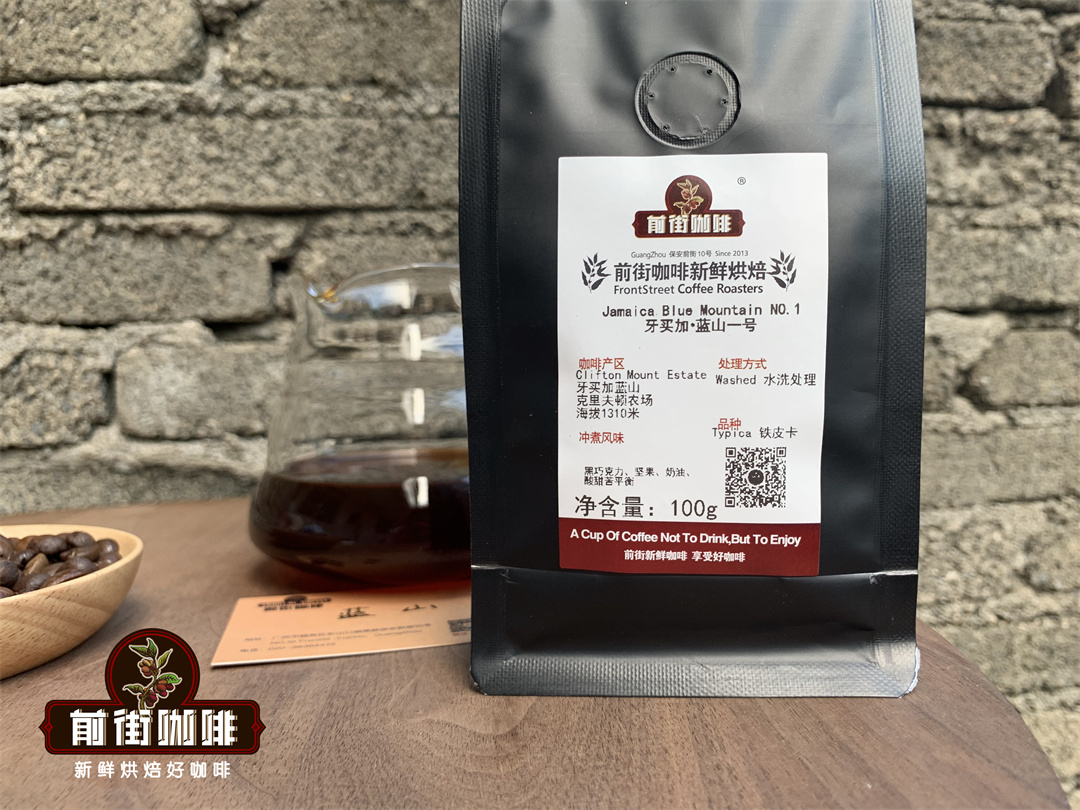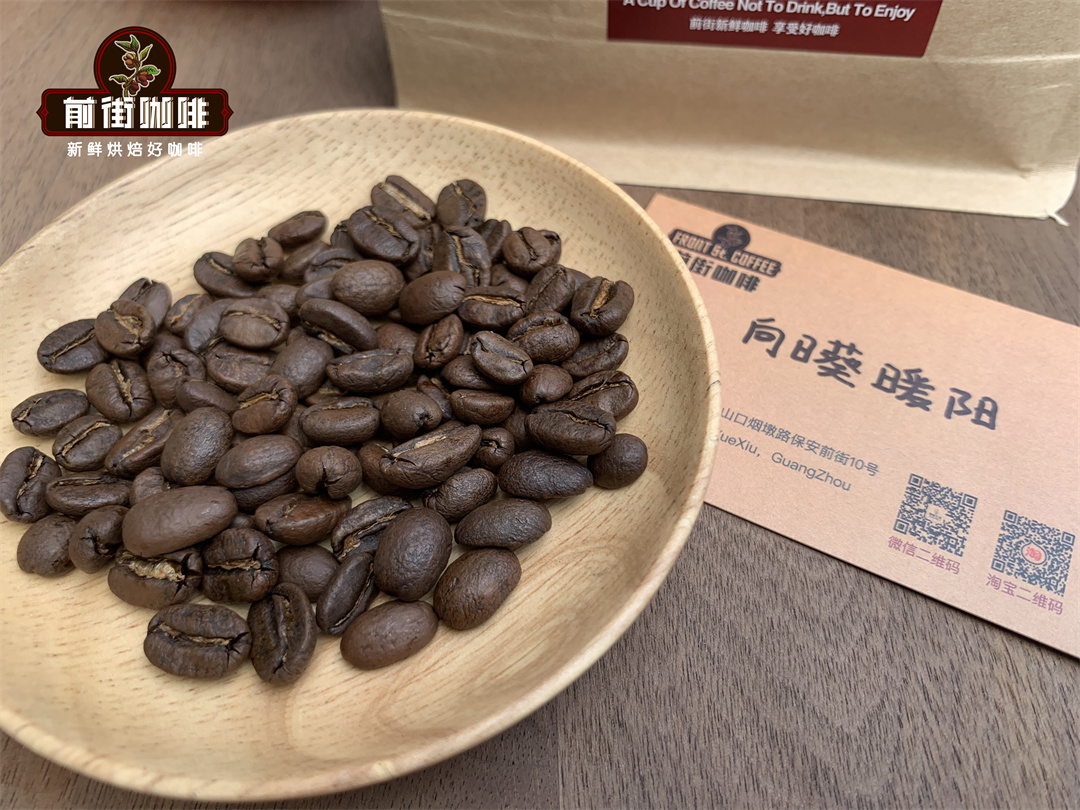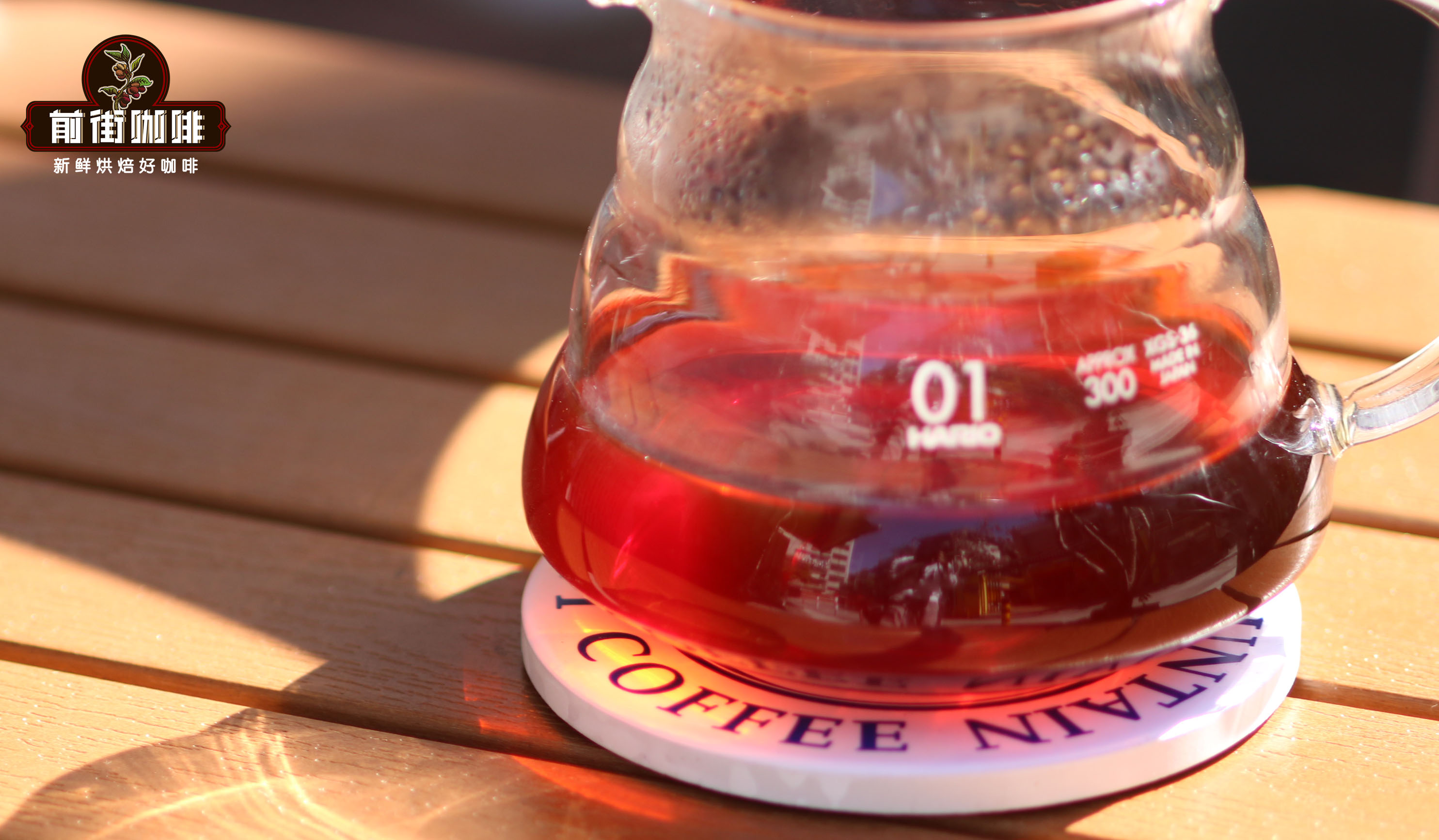What are the representative and standard types of Arabica varieties of coffee beans
Coffee beans are mainly divided into Arabica species (Coffee Arabica) and Robusta species (Coffee Robusta). Arabica coffee beans are oval in shape, zigzag in grooves and rich in flavor, so most of the manor coffee is planted in Arabica.
Although it is the same Arabica coffee tree, but planted in different places, due to weather, soil and other effects, it will produce a completely different flavor. Coffee beans are suitable for growing in countries between the Tropic of Cancer, known as "Coffee Zone". Central and South America, Arabia, East Africa, southern Asia, Oceania and other countries are in this area, and countries with alpine topography can produce good coffee. Because coffee is suitable for growing on slopes about 1000 to 2000 meters above sea level, it needs plenty of rainfall, but not too wet. It is best to have mild sunshine during the day, clouds in the evening, and a temperature of about 10 degrees Celsius but not too low at night. So what is the representative type of Arabica, the kind of coffee beans?
The original species of iron pickup:
The tree is thin and tall, and the top young leaves are reddish brown. The fruit yield is low, the disease resistance is poor, the flavor is balanced and elegant.
Iron pickup variant:
Elephant beans: found in Brazil, cultivated in small quantities in South American countries, with a low yield, three times the size of ordinary coffee beans, clean flavor and obvious sour fruit.
Dwarf iron pickup: originated in Ethiopia, transplanted to Sulawesi, survived in small amounts in Ethiopia and Indonesia, quite rare, with jasmine scent and supple acidity (similar to the appearance and flavor of Ethiopian Yegashafi beans).
Kona Iron pickup: originated in Guatemala, grown on the island of Hawaii, clean sour and sweet, sour is better than the original.
Blue Mountain Iron pickup: only Blue Mountain Coffee grown in high altitude Jamaica has better disease resistance. Mild and low acid, sweet and delicate fragrance.

Kent: it was selected in India and then grown in Australia and Kenya.
K7: a variety of iron pickup bred in Kenya is grown in Australia and Yunnan, China. It has certain disease resistance at low altitude, and the quality is not poor, but the acid quality is no match for Kenya SL28 and SL34.
Huangpi Potukatu: a variety of iron pickup found in India, planted in small quantities in Brazil and yielding little.
Important Notice :
前街咖啡 FrontStreet Coffee has moved to new addredd:
FrontStreet Coffee Address: 315,Donghua East Road,GuangZhou
Tel:020 38364473
- Prev

Standard baking degree of Italian coffee beans medium roasting or deep roasting is better
Coffee raw bean itself is rich in aroma and flavor, but a variety of physical and chemical reactions will take place in the baking process, which can increase, decrease and reorganize all kinds of flavor. Therefore, roasting has a very significant effect on the flavor of coffee. No, it's not deep-roasted beans that can make espresso. Coffee beans with any degree of roasting are fine.
- Next

Does the coffee with clean hands taste good? What is the cause of the turbid coffee liquid?
Usually, when we make coffee, we pay great attention to the parameters and techniques. When tasting, we also pay great attention to the flavor and taste. But few people talk about the soup color of coffee liquid. Soup color is tea soup color, which comes from the technical term of tea review. According to the preparation method, tea with different fermentation degree has different standard color, and when evaluating tea,
Related
- Beginners will see the "Coffee pull flower" guide!
- What is the difference between ice blog purified milk and ordinary milk coffee?
- Why is the Philippines the largest producer of crops in Liberia?
- For coffee extraction, should the fine powder be retained?
- How does extracted espresso fill pressed powder? How much strength does it take to press the powder?
- How to make jasmine cold extract coffee? Is the jasmine + latte good?
- Will this little toy really make the coffee taste better? How does Lily Drip affect coffee extraction?
- Will the action of slapping the filter cup also affect coffee extraction?
- What's the difference between powder-to-water ratio and powder-to-liquid ratio?
- What is the Ethiopian local species? What does it have to do with Heirloom native species?

